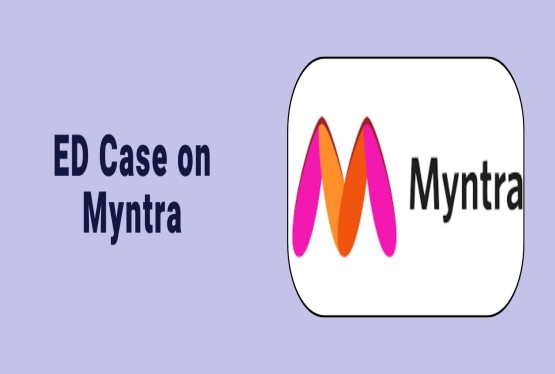The Employment Linked Incentive (ELI) Scheme is a newly launched initiative by the Government of India to stimulate large-scale job creation, particularly in the manufacturing sector, while also strengthening the formal employment ecosystem in the country. The Cabinet, chaired by Prime Minister Narendra Modi, approved this scheme with the vision of empowering India’s youth and improving their access to sustainable, formal employment.
Budget and Scope
-
The total financial outlay for the scheme is Rs 99,446 crore, which will be spent over a two-year implementation period. The ELI scheme is part of a larger employment strategy announced in the Union Budget 2024–25, which includes five flagship schemes intended to benefit over 4.1 crore youth. These five schemes cover employment generation, skill development, entrepreneurship promotion, internship support, and social security enhancement. The ELI Scheme alone targets creation of 3.5 crore jobs, ensuring a major boost to employment growth and youth participation in the workforce. The effective scheme period is from 1st August 2025 to 31st July 2027.
-
Among the target population: 1.92 crore beneficiaries will be first-time employees (i.e., those entering formal employment for the first time). The rest will benefit indirectly through employer incentives for hiring.
Objectives of the Scheme
The ELI Scheme serves multiple interrelated objectives that align with national priorities such as employment promotion, economic growth, and formalization of the workforce.
-
Encourage Employment Generation: It promotes active hiring across sectors, especially by incentivizing employers to create additional job opportunities. This directly supports economic recovery and industrial growth.
-
Support First-Time Job Seekers: Young people often face challenges while entering the job market, especially without prior experience. The scheme provides monetary incentives to ease this transition and encourage long-term employment.
-
Provide Financial Assistance to Employers: Hiring new employees comes with additional costs for employers. Through subsidies up to Rs 3,000/month, this scheme reduces the financial burden on employers and encourages expansion of their workforce.
-
Promote Workforce Formalization: By mandating EPFO registration, the scheme ensures that a growing number of workers have access to social security benefits, such as provident fund, pension, and insurance.
-
Encourage Financial Literacy and Saving Habits: A key feature of the scheme is to instil the habit of financial planning and saving among employees, thus enhancing their long-term financial well-being and inclusion.
Structure of the Scheme: Two-Part Model
The ELI Scheme is designed with a dual benefit model, where employees and employers both receive targeted incentives through Part A and Part B, respectively.
Part A – Incentives to First-Time Employees
This component of the scheme is tailored for young individuals joining the workforce for the first time and helps them gain a foothold in formal employment with a direct cash incentive.
Eligibility:
-
Only those employees who are first-time entrants into the organized sector workforce will qualify.
-
Must be registered with the Employees’ Provident Fund Organisation (EPFO), which is proof of formal employment.
-
Employees with a monthly salary up to Rs 1 lakh are eligible.
-
This ensures both low-income and middle-income workers can participate.
Benefits:
-
The employee will receive one month’s wage, up to a cap of Rs 15,000, as a government incentive.
-
The amount is split into two installments:
-
1st Installment is paid after the employee completes 6 months of continuous employment with the same employer.
-
2nd Installment is paid after 12 months of service, plus successful completion of a Financial Literacy Program.
-
-
To encourage saving discipline, part of the incentive will be deposited in a savings instrument such as a fixed deposit or recurring deposit account, which the employee can access later. This helps develop long-term financial habit and security cushion.
Impact:
This part of the scheme aims to support around 1.92 crore first-time employees. It reduces entry-level employment friction and instils confidence among employers to hire young, inexperienced candidates.
Part B – Incentives to Employers for Creating Jobs
This part provides financial assistance to employers who generate net new employment, especially in sectors that have high potential for employment like manufacturing, infrastructure, logistics, and services.
Eligibility:
-
Only those employers registered with EPFO will be eligible.
-
To qualify, they must hire a minimum number of additional employees:
-
Employers with less than 50 workers must hire at least 2 new employees.
-
Employers with 50 or more employees must hire at least 5 new employees.
-
-
The new hires must remain employed for a minimum of 6 months, ensuring job continuity and retention.
Salary Range for Eligible Employees:
Only employees earning up to Rs 1 lakh per month are eligible for this incentive. This ensures that entry-level to mid-level jobs are covered and benefits are not misused for high-salaried executive positions.
Incentive Structure (per new employee):
|
Monthly Salary of Employee |
Incentive to Employer |
|
Up to Rs 10,000 |
Rs 1,000/month |
|
Rs 10,001 to Rs 20,000 |
Rs 2,000/month |
|
Rs 20,001 to Rs 1,00,000 |
Rs 3,000/month |
The higher the salary of the employee (within the capped limit), the higher the incentive to the employer, promoting hiring across skill levels. This encourages employers to hire, retain, and pay better wages to their workforce.
Duration of Incentives:
Employers will receive the monthly incentive for a period of two years. For those in the manufacturing sector, this benefit will be extended to the 3rd and 4th years as well. This extension encourages long-term employment generation in the industrial sector, which is labor-intensive and crucial for GDP growth.
Impact: Estimated to generate 2.6 crore additional employment opportunities through incentivized hiring. Will reduce unemployment, especially among semi-skilled and skilled workers.
Payment Mechanism
The government has established a secure, transparent, and direct payment mechanism to ensure timely transfer of benefits.
For Employees (Part A)
Payments will be made through Direct Benefit Transfer (DBT) using the Aadhaar Bridge Payment System (ABPS). This method ensures that funds are directly credited to the employee’s Aadhaar-linked bank account, eliminating leakages and middlemen. The saving portion of the incentive will be held in a fixed deposit or similar account, fostering savings culture.
For Employers (Part B)
Monthly incentive payments will be transferred directly to the employer’s PAN-linked business bank account. This minimizes administrative delays and ensures quick reimbursements for employers who comply with scheme norms.
Focus on the Manufacturing Sector
The manufacturing sector is given special preference under the ELI Scheme due to its potential to absorb large numbers of workers, especially in rural and semi-urban areas. Create long-term, stable employment. Boost India’s Make in India initiative, industrial output, and exports.
By extending employer incentives to 4 years, the scheme encourages sustained hiring and retention of manpower in manufacturing units. This also supports skill upgradation, technology adoption, and expansion of production capacities in the sector.
Broader Impact of the Scheme
Formalization of Workforce
One of the key goals is to increase the proportion of workers in the formal economy. Registration with EPFO ensures access to Provident Fund, pension schemes, insurance, and other social security protections. This will strengthen India’s labor market by improving job quality and worker benefits.
Financial Inclusion
Through financial literacy programs, employees will learn about banking, savings, budgeting, credit management, and insurance products. Encouraging saving habits will help build financial resilience, particularly for lower-income groups.
Youth Empowerment
By lowering the financial burden of job-seeking and job-creation, the scheme makes the labor market more accessible for India’s youth. Incentives for skill development and social security promote long-term career planning and employment stability.
Related Concepts to Understand Better
To deepen your understanding of the ELI Scheme, these related terms are important:
-
EPFO (Employees’ Provident Fund Organisations) : It is a government agency under the Ministry of Labor Manages retirement savings and ensures social security for salaried employees. EPFO registration is mandatory to participate in the ELI scheme.
-
Direct Benefit Transfer (DBT) : A digital payment system used by the government to directly credit subsidies/incentives to beneficiaries. Reduces corruption and ensures quick disbursement.
-
Aadhaar Bridge Payment System (ABPS) : Secure method of transferring money to Aadhaar-seeded bank accounts. Ensures identity verification and prevents duplication.
-
Formal vs Informal Employment : Formal employment includes official contracts, regular wages, and benefits like PF and health insurance. Informal employment includes daily wage work, unregistered jobs, and lack of social protection.
-
Financial Literacy Programs : Educational sessions that teach individuals how to manage income, savings, loans, investments, and credit. Increases financial independence and reduces vulnerability.
Conclusion
The Employment Linked Incentive (ELI) Scheme is a strategic policy initiative aimed at addressing India’s employment challenges by incentivizing both employers and employees. By targeting youth, manufacturing, and formal employment, the scheme is expected to have transformational effects on the economy, workforce structure, and social protection landscape.
With proper implementation, the ELI Scheme can become a cornerstone in India’s mission to build a skilled, empowered, and financially secure workforce for the future.
FAQs
Q1. What happens if an employee changes jobs within the 12-month period? Will they still be eligible under Part A?
Ans. If a first-time employee changes jobs during the 12-month qualifying period, their incentive eligibility may be impacted, as the scheme requires continuous employment with the same employer for both the 6-month and 12-month milestones. However, the government may issue guidelines allowing portability under specific conditions (e.g., transfer of PF account and uninterrupted EPFO registration).
Q2. Is there a cap on the number of employees for which an employer can claim incentives under Part B?
Ans. While the scheme encourages mass employment generation, there may be a sector-wise or establishment-specific cap to prevent misuse and ensure equitable distribution. Such limits would likely be outlined in the implementation guidelines issued by the Ministry of Labor or the EPFO portal at the time of roll-out.
Q3. Are contract workers or gig workers eligible for benefits under the scheme?
Ans. Only those workers who are formally employed and registered with EPFO will be eligible. Gig workers, freelancers, or informal contract workers without EPFO registration will not qualify, unless formalized under company payroll and included in EPF contributions.
Q4. Will startups and new companies be allowed to avail benefits under Part B?
Ans. Yes, newly registered businesses under EPFO are expected to be eligible, provided they meet the minimum additional hiring requirement (2 or 5 employees, based on size). However, the government may require audit trails or PAN-based financial verification to confirm genuine job creation and avoid inflated hiring claims.
Q5. What if an employer terminates employees after receiving incentives for 6 months?
Ans. Incentives are linked to sustained employment, and premature termination may result in:
-
Disqualification from further payments.
-
Refund of previous incentives.
-
Penalties or debarment from the scheme.
This is to ensure that the benefits are not misused for short-term hiring manipulation.
Q6. Can an employer hire relatives or family members and claim incentives?
Ans. While technically possible, the government may prescribe KYC and Aadhaar verification filters and cross-check PAN/Aadhaar relationships to prevent false employment generation through related persons. Such hires could be flagged for manual scrutiny or excluded from incentive eligibility.
Q7. How will compliance and monitoring be ensured under the ELI Scheme?
Ans. The scheme will likely be monitored through:
-
EPFO monthly returns.
-
Real-time employment data analytics.
-
Random audits and third-party verification.
-
Aadhaar and PAN-based tracking of employment history.
This ensures transparency and accountability in disbursal of public funds.
Q8. Will the financial literacy program under Part A be standardized or employer-specific?
Ans. The government is expected to create a standardized digital financial literacy module, possibly through institutions like NSDC (National Skill Development Corporation) or SIDBI, that employees must complete online or via employer-administered sessions. Certification may be required to qualify for the second installment of the incentive.
Q9. Can employers in the services or IT sector also avail extended incentives like the manufacturing sector?
Ans. No, the 3rd and 4th year extended incentives are currently reserved only for the manufacturing sector due to its labor-intensive nature and role in national industrial policy. Service sector employers are eligible only for two-year incentives under Part B.
Q10. Will there be a grievance redressal mechanism for employees or employers under the scheme?
Ans. Yes, the implementing ministry (like Ministry of Labor & Employment) is expected to establish a dedicated grievance redressal portal or helpline, possibly linked with the EPFO and DBT platforms, to resolve:
-
Delayed payments.
-
Eligibility disputes.
-
Technical errors in Aadhaar/PAN linkage.
Q11. How will the scheme prevent duplication of claims for the same employee by multiple employers?
Ans. To prevent duplication:
-
The system will use EPFO UAN (Universal Account Number) linked with Aadhaar and PAN.
-
Only one employer at a time can claim incentive for an employee.
-
Any attempt to claim incentives for the same UAN across multiple establishments will be flagged and rejected.
Q12. Are employees working in special economic zones (SEZs) or export-oriented units (EOUs) eligible?
Ans. Yes, as long as:
-
The employer is registered with EPFO.
-
The employee is newly hired within the scheme window.
-
The salary falls within the prescribed limits.
-
SEZs and EOUs, especially in manufacturing, are likely to benefit significantly under the extended incentive duration.
Q13. Will incentives receive under this scheme be taxable for employers or employees?
Ans. For employees, the incentive under Part A is treated as a government subsidy, and may be tax-exempt or concessional, subject to clarification by CBDT.
-
For employers, incentives under Part B may be treated as business income or adjusted against employee cost, but deductibility or tax treatment will depend on Income Tax rules notified later.
Q14. What happens if an employer is found guilty of submitting false employment data?
Ans. If fraud or misreporting is detected:
-
The employer may be blacklisted from future schemes.
-
All incentives may be recovered with penalty and interest.
-
Legal action under the EPF Act or IPC may be initiated, including criminal charges in extreme cases.
Q15. Will there be a digital dashboard or portal for tracking scheme benefits and progress?
Ans. Yes, the government may launch a dedicated ELI Scheme Portal, possibly integrated with the Shram Suvidha Portal or EPFO dashboard, allowing:
-
Employers to register and apply.
-
Employees to track their incentive status.
-
Public access to performance data and job creation statistics

_Scheme_learn_crop6_thumb.jpg)










































































_crop10_thumb.jpg)







_Rules,_2025_learn_crop10_thumb.jpg)








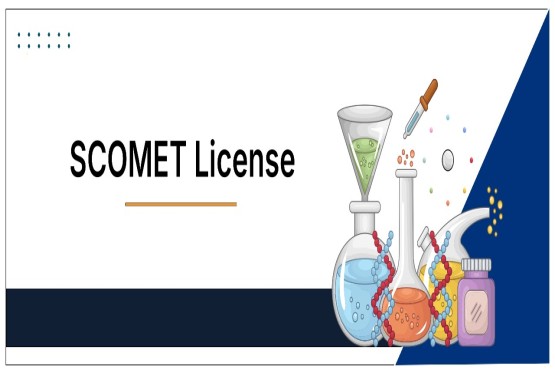



























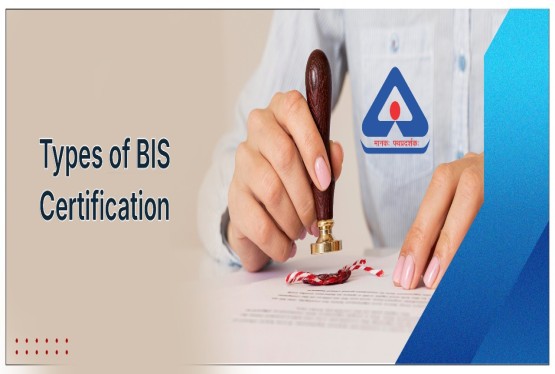
























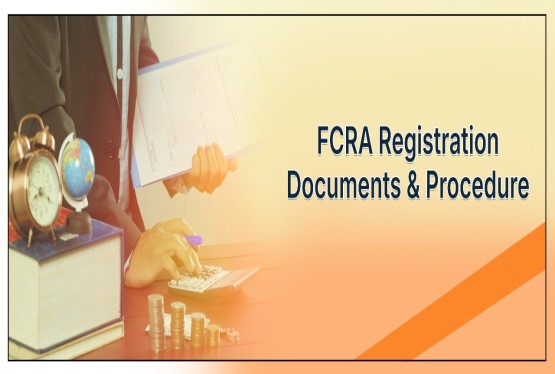


























_crop10_thumb.jpg)








 in BIS FMCS_learn_crop10_thumb.jpg)










_crop10_thumb.jpg)















_crop10_thumb.jpg)





_Code C-888_learn_crop10_thumb.jpeg)
_learn_crop10_thumb.jpg)

































































_Certificate_learn_crop10_thumb.jpg)

_Certificate_(1)_crop10_thumb.jpg)

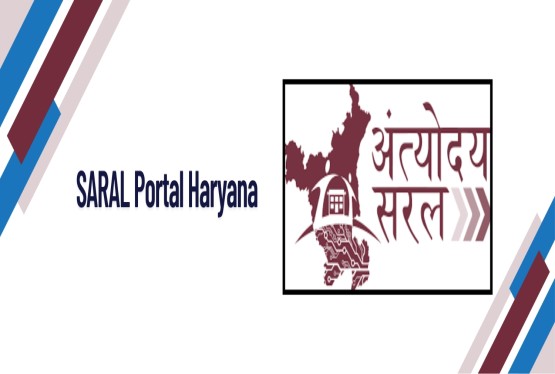




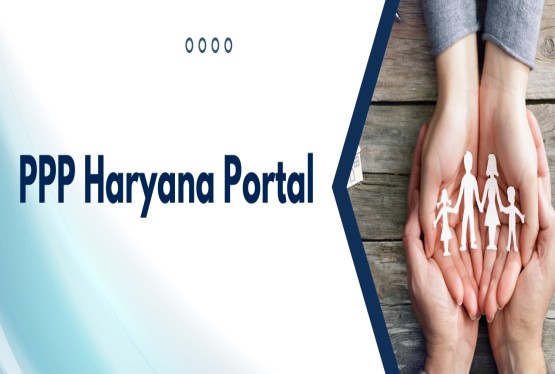








_learn_crop10_thumb.jpg)

_crop10_thumb.jpg)




















_learn_crop10_thumb.jpg)

